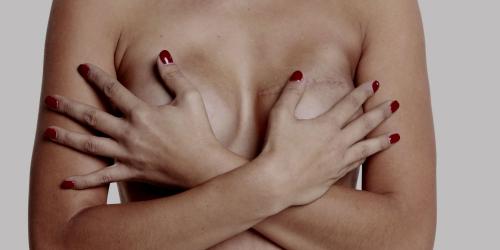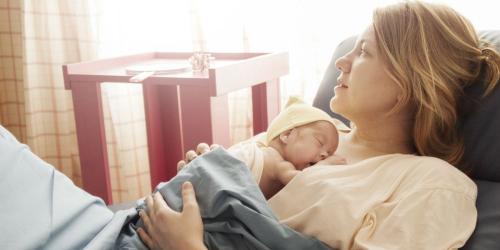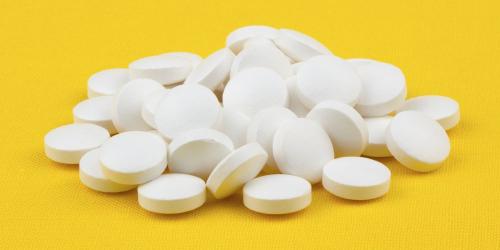Erin Smith Chieze, an American woman with breast cancer, did not think she would receive the same amount of attention by posting a breast cancer awareness photo on January 10, 2017.
This is a photo montage made by WorldWide Breast Cancer, a charity that advocates for breast cancer awareness through its #KnowYourLemons campaign, where we can see 12 different signs and symptoms represented on lemons, thanks to which we can recognize breast cancer.
From left to right, the following symptoms are recognized: thick mass, notch, skin erosion, redness or heat, new fluid, depression of part of the breast, lump, growth veins, retracted nipple, new shape or size of the breast, orange peel, invisible symptom.
Erin Smith Chieze, who was diagnosed with stage four breast cancer in early 2016, says she knew she had the disease when she saw a similar photo circulating on the internet.
In her Facebook post, which has been shared more than 40,000 times since, she says she is "extremely grateful that other women and men can see this," and urges them to "immediately consult" if they notice similarities with their own. condition.
"Ride around regularly to see if everything is fine"
Corrine Ellsworth Beaumont, Founder of the Worldwide Breast Cancer Charity and Creator of the Outreach Poster, was very touched by the mobilization on Facebook: "It's a milestone in breast cancer awareness . to watch, share, and help me fight #lecancerdusein in a really impactful way. "#knowyourlemons," she writes.
The head of public health and information at Breast Cancer Now, Eluned Hughes, also reacted to the Huffington Post UK to this general mobilization. "Images like these are really useful for highlighting the other symptoms that exist, but it is crucial that all women get in the habit of self-evaluation regularly, to see if everything is fine," he says. he.
Screening gestures to know absolutely
It is by touching oneself regularly breasts that we can quickly identify the warning signs of the disease. To achieve the most effective self-examination, it is important to do the right thing: you can stand up in front of an ice cream, arms raised.
We try to identify a possible anomaly: flow, persistent redness, wrinkle on the skin ... We then palpate with the flat of the fingers at the breast, and even the side of the breast, near the armpit.
If you feel a weird size, or a pain pressing your breasts, even slightly, we talk with a professional, without giving in to the panic: if it is detected in time, breast cancer is treated well in 75 to 80% of cases.



